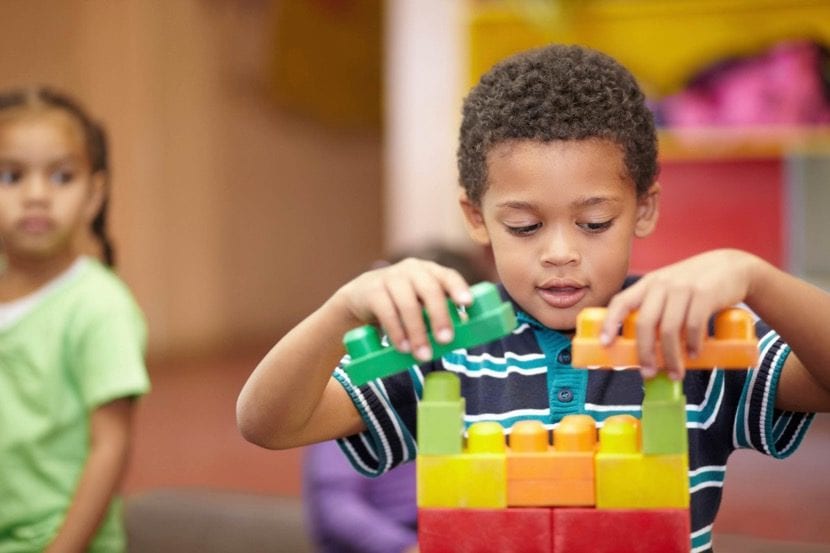
You may have ever heard of Pervasive Developmental Disorder (TGD) but it is not very clear to you what it is and how it affects children and people who can suffer from it. This disorder includes delays in which a child develops, may present problems to socialize, to communicate, may be reluctant to changes in routines and may even present repetitive movements.
Autism is the best known PDD today but it is not the only one that exists within this disorder. Within the PDD we can also find others such as Asperger's Syndrome or Rett's Syndrome, among others. All alterations in child development will have specific manifestations that it is necessary to distinguish in order to know what type of disorder or syndrome the person suffering from it is facing.
Currently the PDD is also used when talking about autism spectrum disorder. The name change came in 2013, when the American Psychiatric Association reclassified Autistic Disorder, Asperger's Syndrome, Childhood Disintegrative Disorder, and Pervasive Developmental Disorder Unspecified as Autism Spectrum Disorders. The change came about because the concept of the spectrum is a more medically accurate way to diagnose children with these types of disorders.

Characteristic signs of TGD
Children with the autism spectrum have problems with social communication and interactions, they often repeat certain behaviors, but they usually have some characteristic signs that should be taken into account:
- Little or no eye contact
- Difficulty expressing yourself through language
- High-pitched or too flat voice
- Difficulty having a conversation
- Little control of emotions
- Repetitive behaviors
- Higher than average mental capacity or with cognitive retardation problems
- Selective memory
- Difficulty in fine and fat motor skills
Children with PDD can repeat games but they seem not to be interested and they do show more interest in the parts of a toy than in the toy itself. They need very marked routines and do not tolerate changes in them. It is necessary to remember that PDD is very broad and that some people diagnosed with some of the PDD can be totally independent when they reach adult life with a good job behind both at home, school and specific centers. Others, on the other hand, have great difficulties.

Causes of PDD
Scientists know that genetics is one of the risk factors. But there is still no clear answer to the causes of PDD. There is no gene that causes this to happen, although genetics may be involved. It can be a multicasual disorder, although there may be more probabilities without an autosomal recessive inheritance or a fragile X-linked inheritance.
Other causes could be viral infections such as rubella, toxoplasmosis or chickenpox during the first trimester of pregnancy, as it can affect the fetus while it is developing. Complications during childbirth can also be the cause, such as ischema, hyposa or intracranial hemorrhage.

Diagnosis and treatment
In order for there to be a diagnosis, doctors will have to observe the child and ask the parents questions about their behavior. There is no specific test that says that a child really has PDD.
What matters is to find out as soon as possible if a child has this type of disorder or another so that we can attend to them as soon as possible and offer them the resources they need to reach their full potential, taking into account their abilities. The sooner you start with a stimulation and working with the necessary personal and material resources, the better.
Currently there are medications but for them to work well they must be combined with a therapy that develops socialization and other skills necessary to grow and learn things that serve you in life.
The life of a child with PDD will perceive it in a very different way than how you may perceive it. Their victories and their challenges are important, but you must keep your child's personality and interests in mind while giving them your full support. Children like TGD have their own idiosyncrasies and although there are characteristics that help to understand what happens to them, each one is unique and different, so they must be known to be able to work with them correctly.